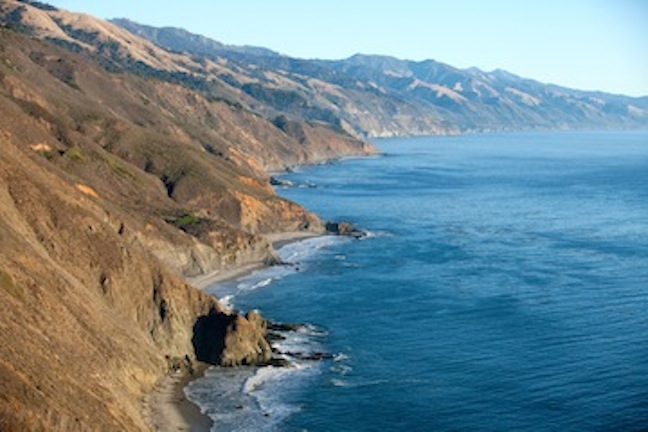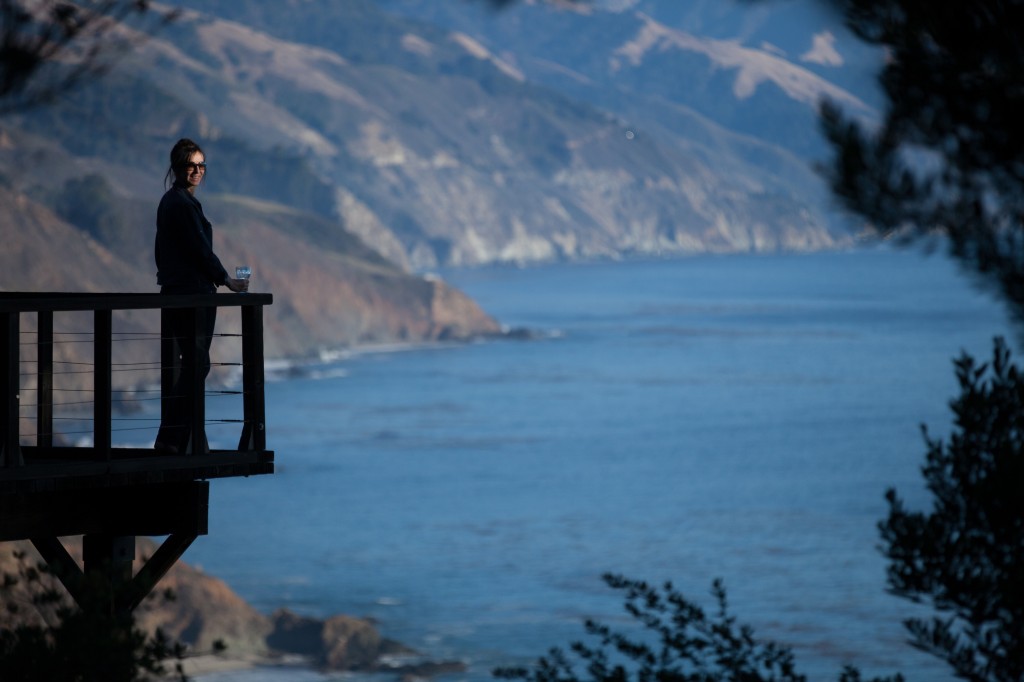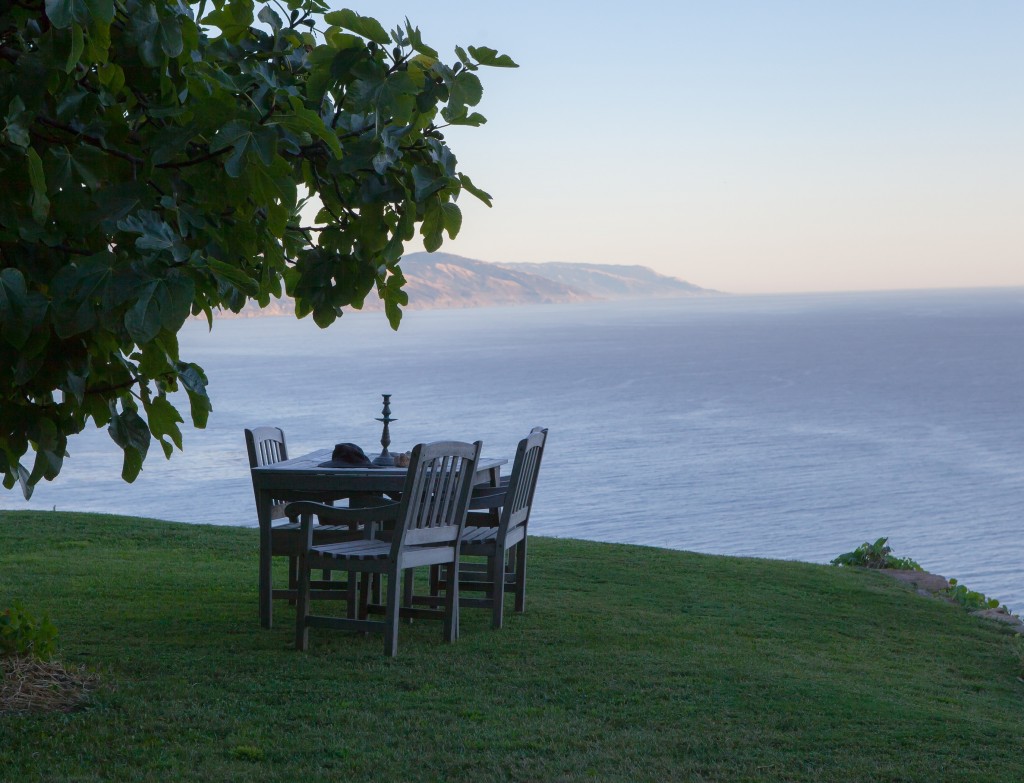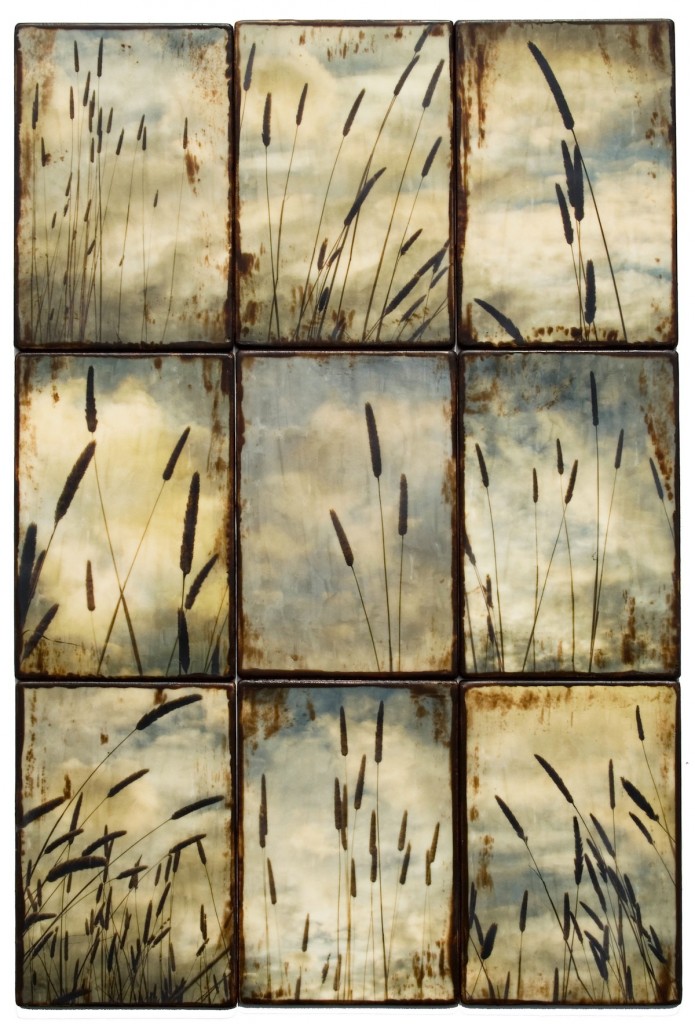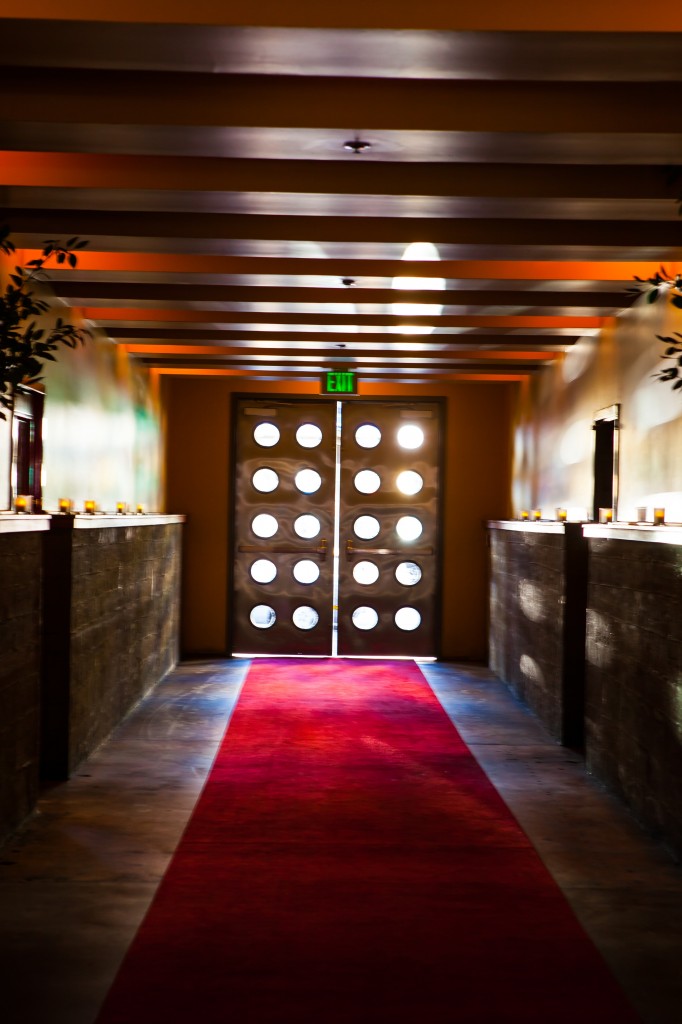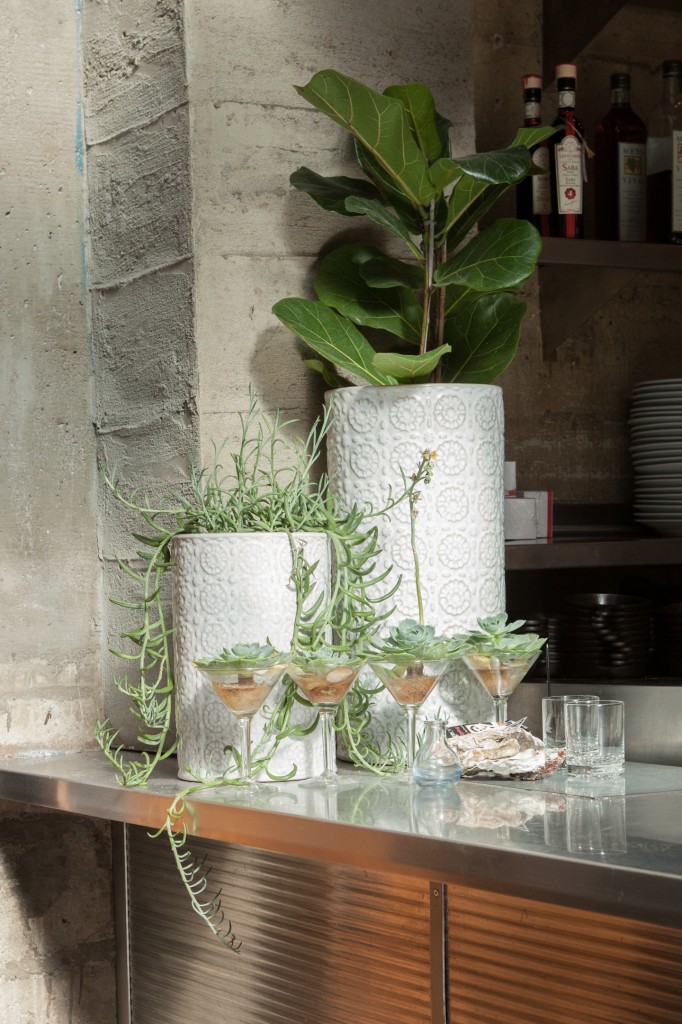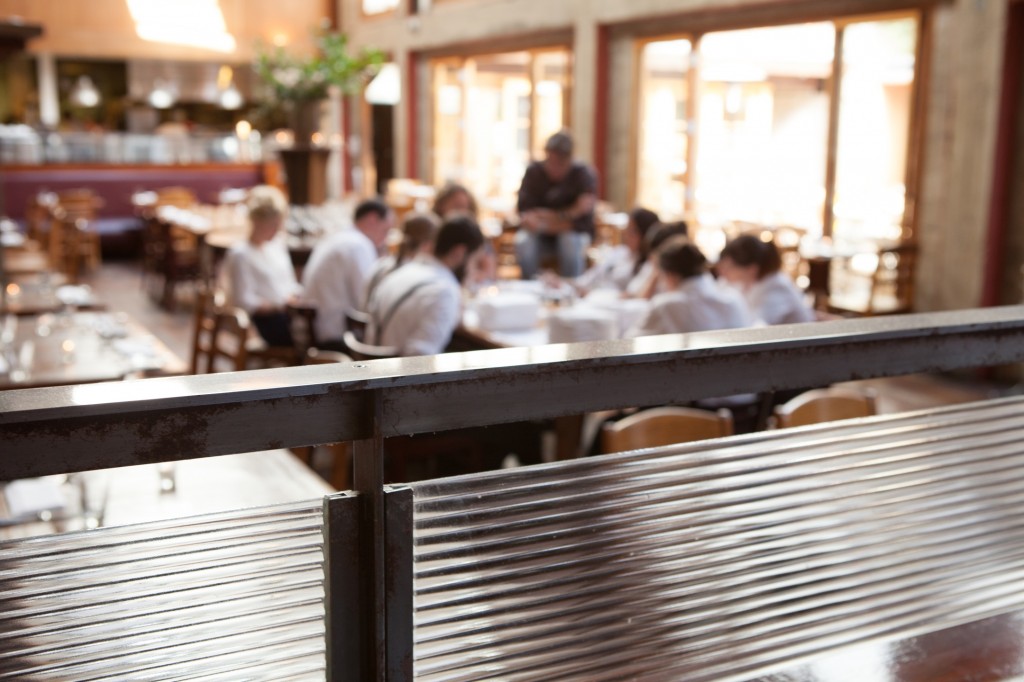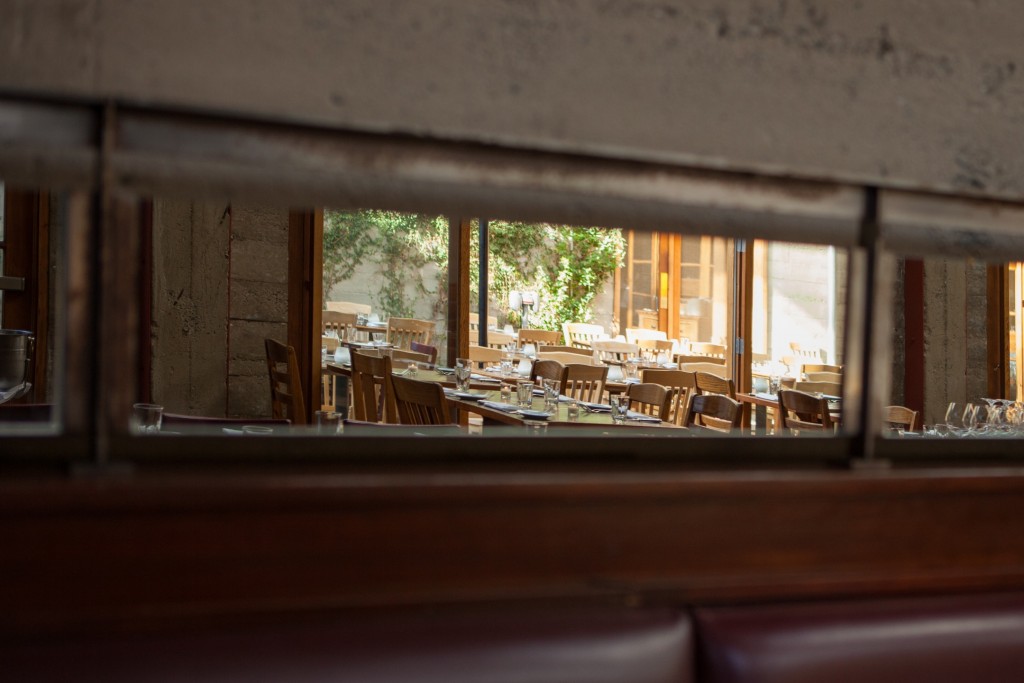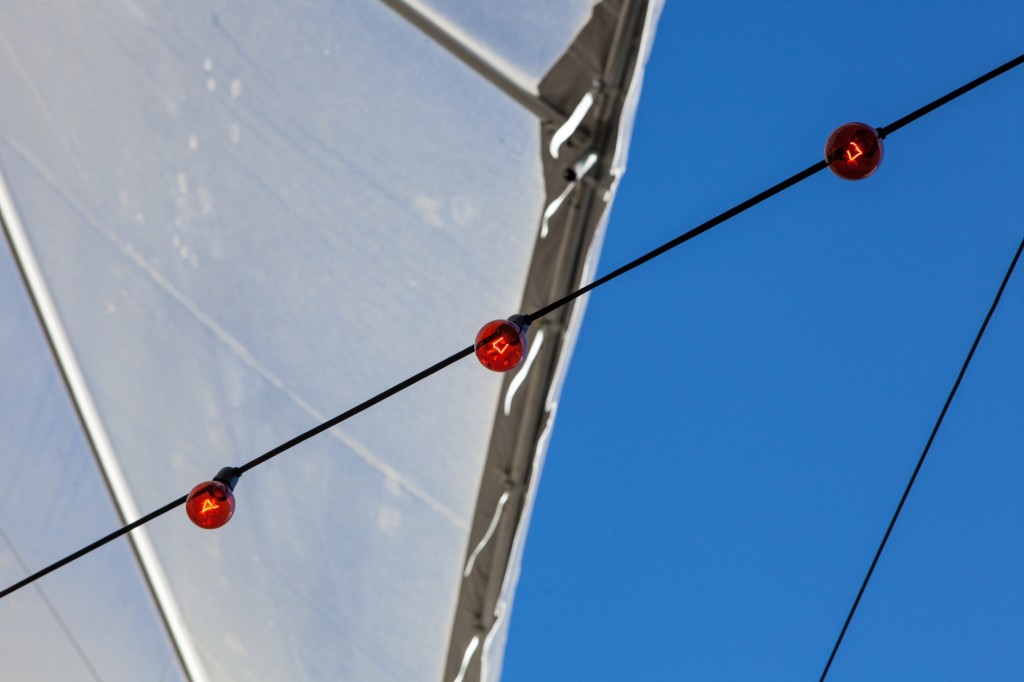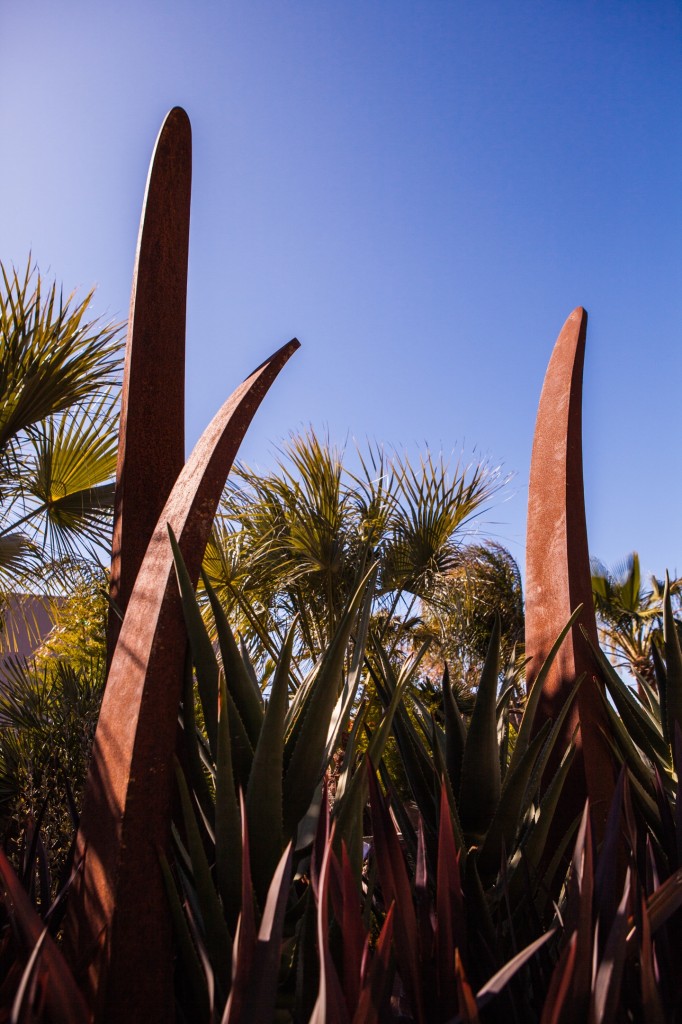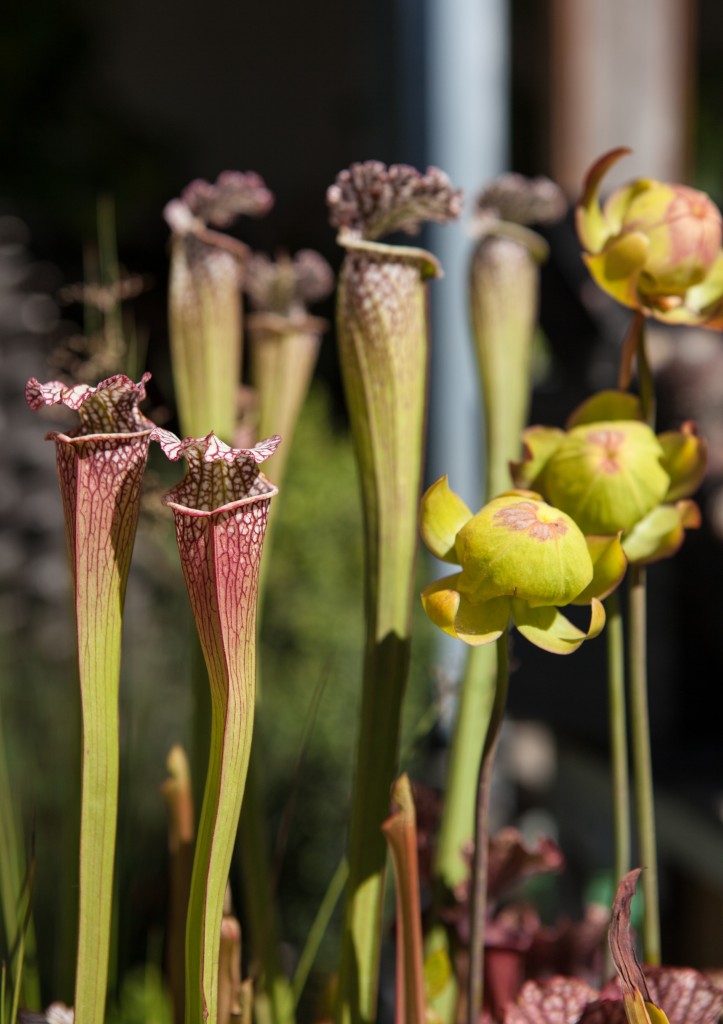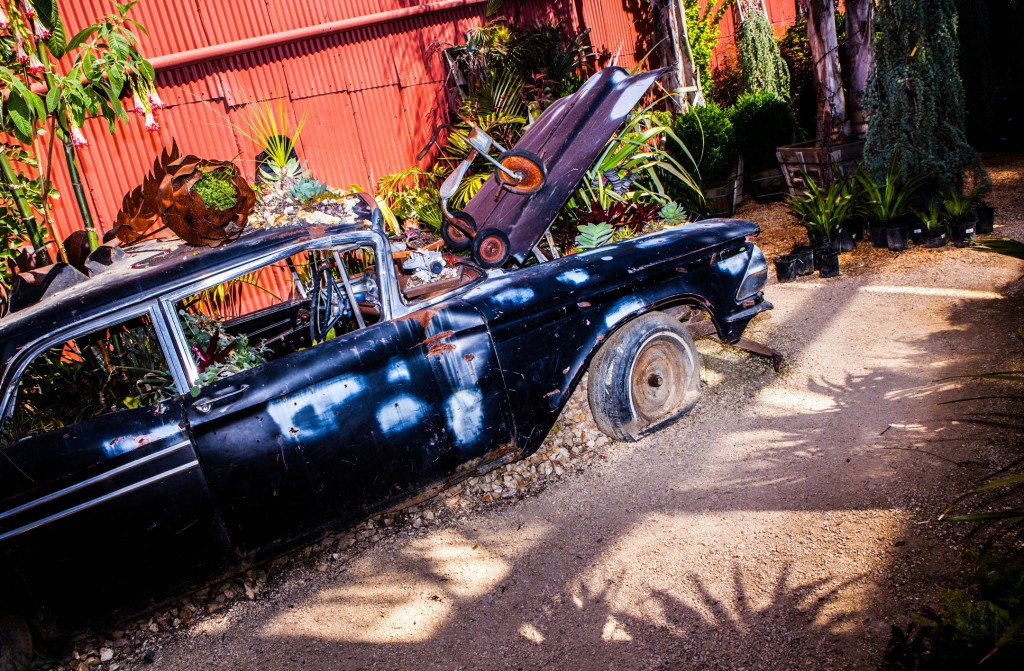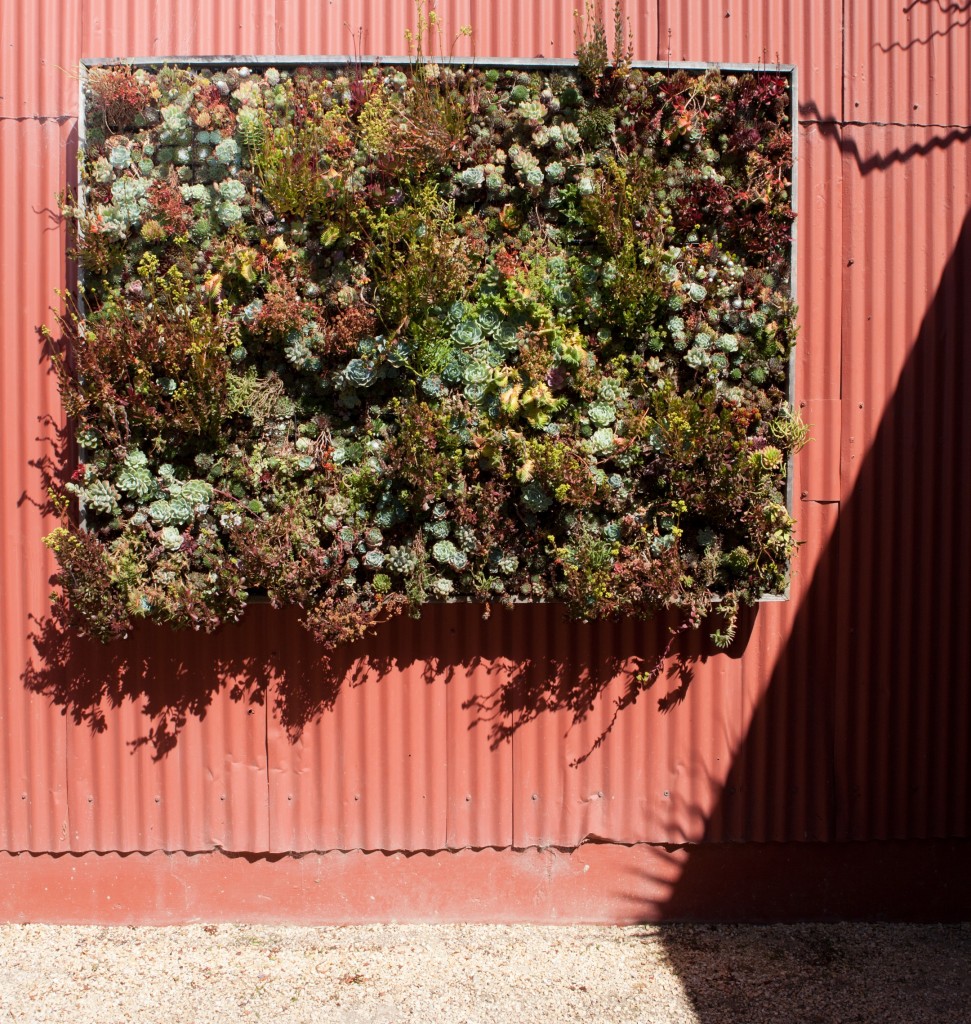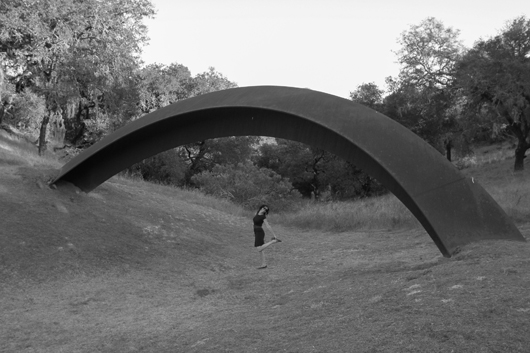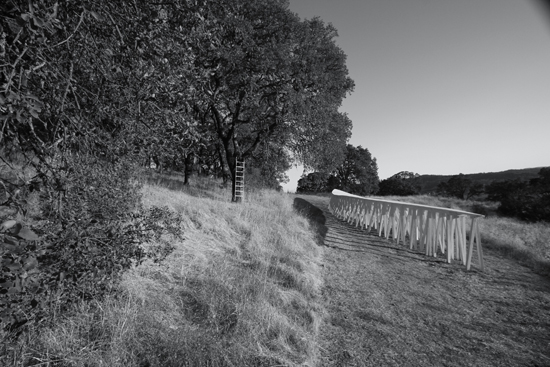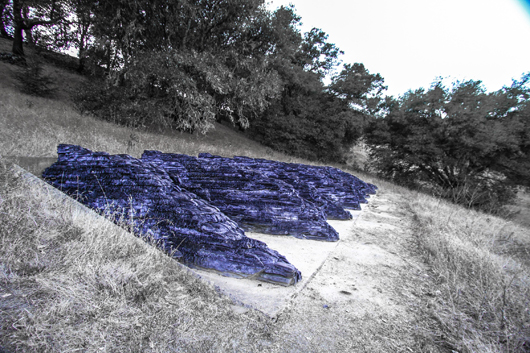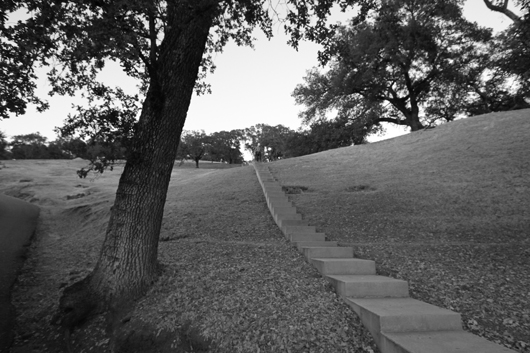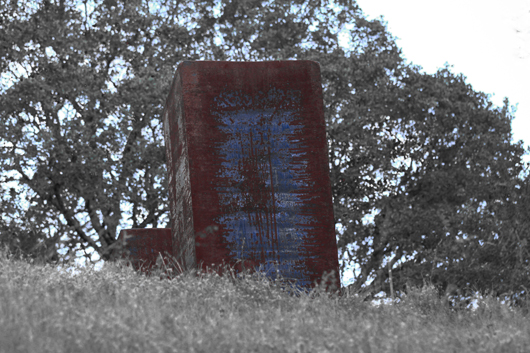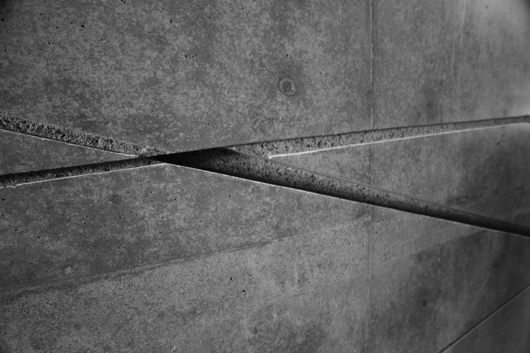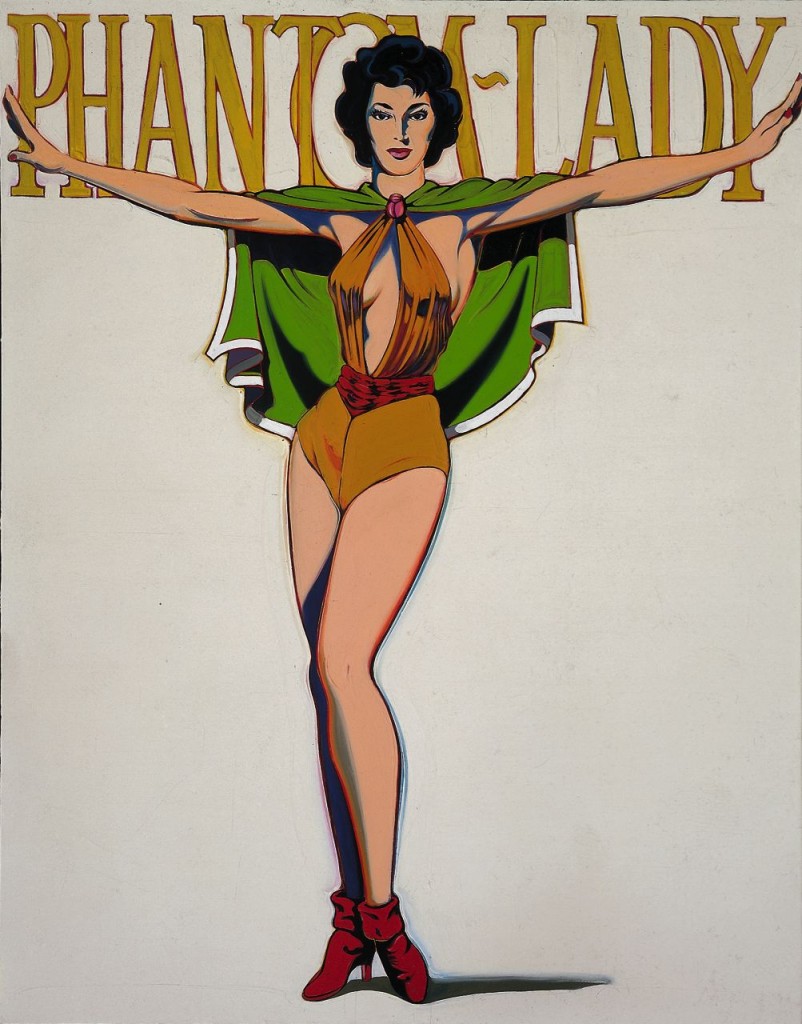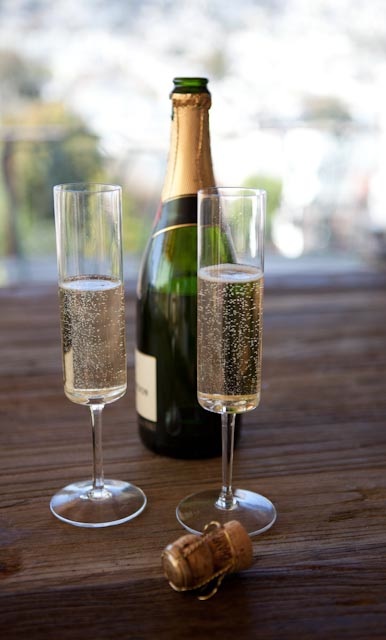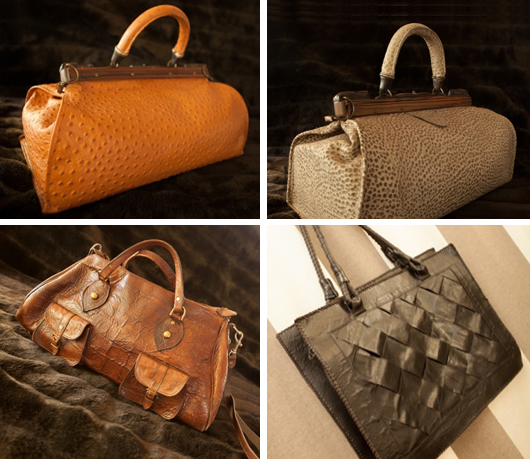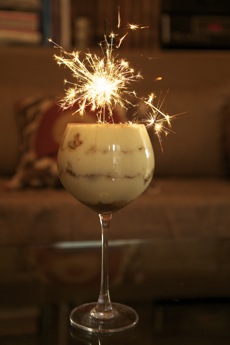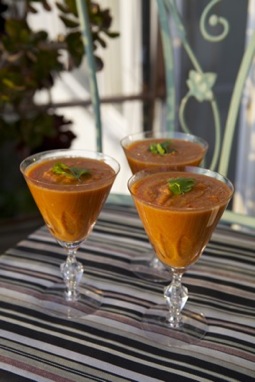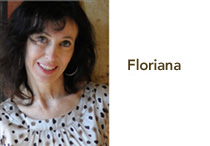Just Up From Heaven
I am ever in search of Shangri-La. And over the years I have found a few places that have some special quality — a particular view, a scent, the sensation of being in this mountain range or that forest or along this beach. But if you ask, ‘but where is the one place you have been that suggests Shangri-La? I can only say that it’s a place on the top of the world.
In fact, if this were in Greece, you would assume this must have been a spot where Zeus hosted parties for the Gods — since it’s close to Poseidon’s ocean and Apollo’s light….But it’s not in Greece; it’s in Big Sur, overlooking a particularly striking part of the Pacific Coast. It’s where vertical meets horizontal. Between jagged mountain ridges and the long smooth curve of the earth. A perfect place, if there ever was, where Oscar-winning cinematographer and his wife, a novelist (her new novel, Our Lady of West Hollywood) find refuge from their busy Hollywood life.
For Vilmos, cinematographer for films such as Close Encounters of the Third Kind, The Bonfire of the Vanities, Deer Hunter, Deliverance, Black Dahlia and many more, this is the ultimate ‘set’, more compelling, more beautiful than whatever a scriptwriter can imagine.
It is a true refuge for both. Here, Susan gardens, cooks, writes and receives lucky quests, who enjoy a pool and hot tub, and
the dramatic vista. It’s a completely rejuvenating and revitalizing place. When you leave, it is with regret, of course, but also the feeling of the eyes having had their fill and mysteriously, the heart having found its range…
Susan’s new novel: Our Lady of West Hollywood


